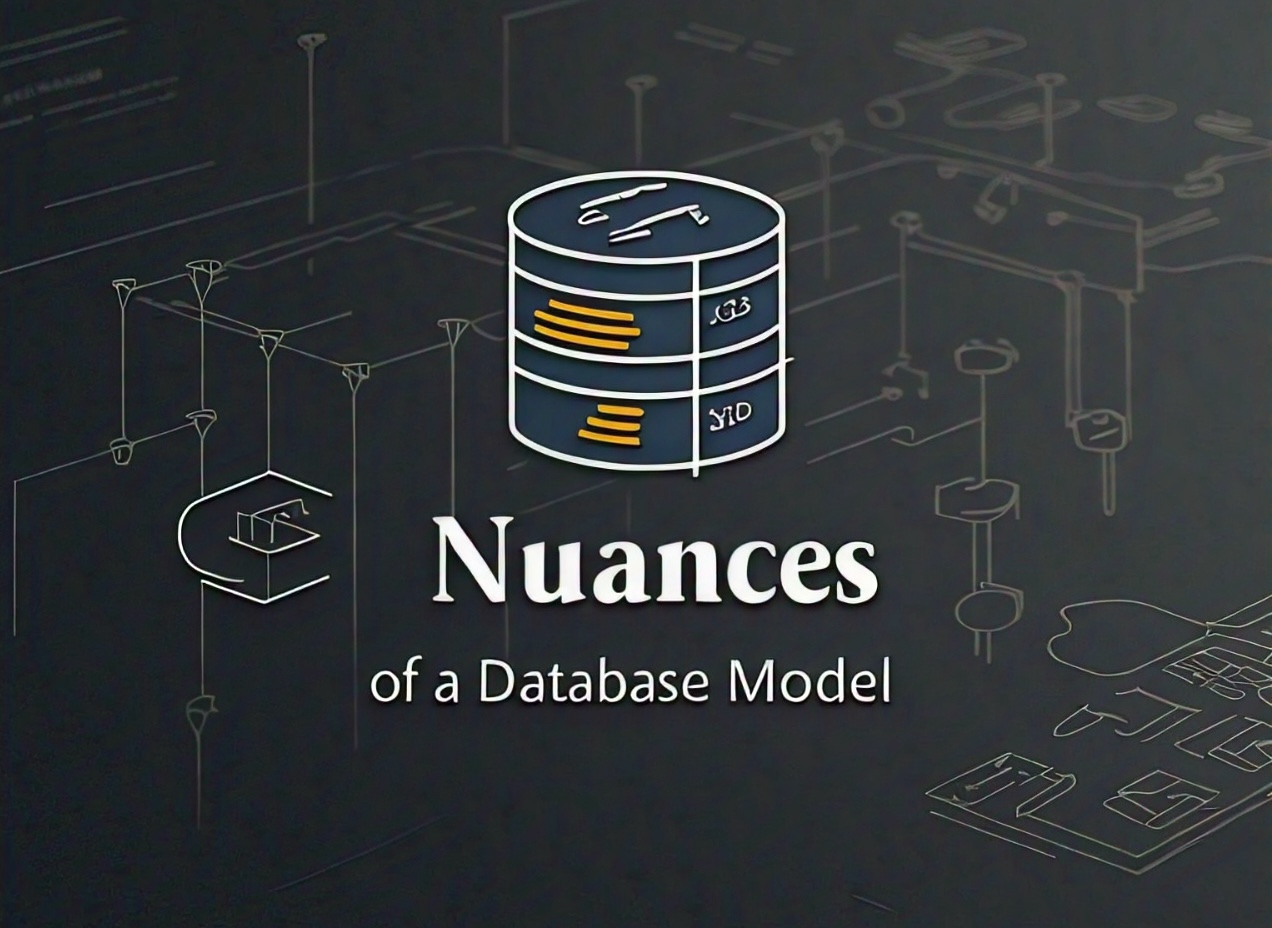Nuances of a Database Model
Written on July 13th, 2024 by Aashay Zende
Building a Database Model
Introduction
A successful database system must satisfy the needs of a diverse group of people. This group includes data entry personnel, management, IT staff, and other stakeholders. The design of a database system involves understanding these varied requirements and creating a consensus that is reflected in the users’ data model.
Finding and Listening to Interested Parties
When tasked with building a database system, the first step is to identify and engage with all potential stakeholders. This phase includes:
- Stakeholders Identification: Engage with data entry personnel, management, IT staff, and other functional areas.
- Needs Assessment: Conduct interviews, surveys, and meetings to gather requirements from stakeholders.
- Communication: Maintain open channels of communication to understand the specific needs and expectations of each group.
- Consensus Building: Facilitate discussions to align stakeholders on the objectives and functionalities of the database system.
Building Consensus
Consensus building is crucial to ensure that all stakeholders agree on the database system’s requirements and functionalities. This process involves:
- Conflict Resolution: Address and resolve conflicting requirements and expectations.
- Prioritization: Prioritize requirements based on their importance and impact on the overall system.
- Documentation: Document agreed-upon requirements and obtain formal approval from all stakeholders.
Building a Relational Model
The relational model is a logical representation of the data that defines how data is stored, organized, and manipulated. Key steps in building a relational model include:
- Entity Identification: Identify the entities that will be represented in the database.
- Attribute Identification: Determine the attributes for each entity.
- Relationship Identification: Define the relationships between entities.
- Normalization: Ensure the data model is normalized to eliminate redundancy and improve data integrity.
Knowing the Dangers of Anomalies
Anomalies can occur in a poorly designed database, leading to issues such as data inconsistency and redundancy. Types of anomalies include:
- Insertion Anomalies: Problems that arise when inserting new data.
- Deletion Anomalies: Issues that occur when deleting data.
- Update Anomalies: Complications that happen when updating data.
Avoiding Anomalies with Normalization
Normalization is the process of organizing data to reduce redundancy and improve data integrity. The steps of normalization include:
- First Normal Form (1NF): Eliminate repeating groups by ensuring that each column contains atomic values.
- Second Normal Form (2NF): Remove partial dependencies by ensuring that all non-key attributes are fully dependent on the primary key.
- Third Normal Form (3NF): Eliminate transitive dependencies by ensuring that non-key attributes do not depend on other non-key attributes.
Denormalizing with Care
While normalization is essential, over-normalization can lead to complex queries and reduced performance. Denormalization involves:
- Balancing: Striking a balance between normalization and denormalization to optimize performance without compromising data integrity.
- Selective Denormalization: Identifying specific areas where denormalization can improve performance.
- Monitoring: Continuously monitoring the database performance to make necessary adjustments.
Conclusion
Building a database model is a comprehensive process that requires careful planning, detailed design, and thorough testing. By following the steps outlined above, you can create a robust database system that meets the needs of all stakeholders and ensures data integrity and performance.